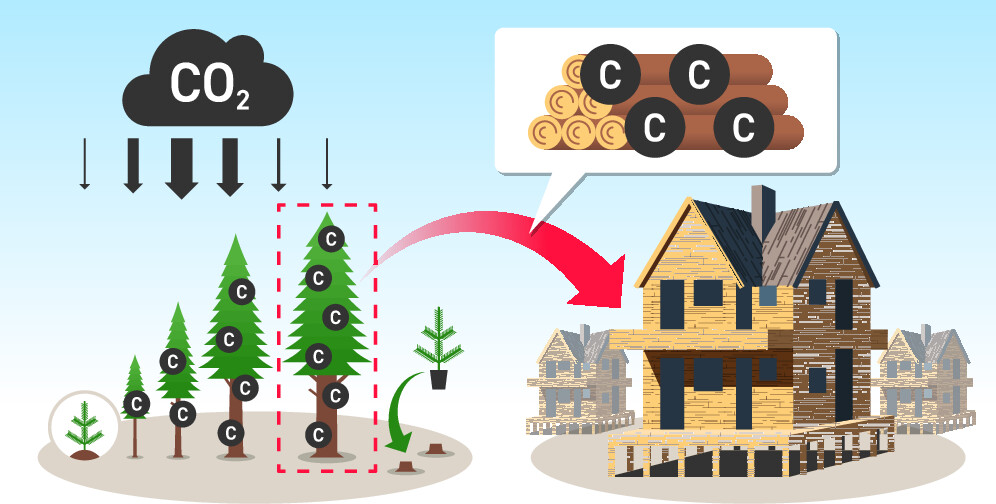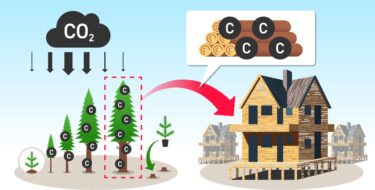
Abstract
Greenhouse gas emissions from building construction─i.e., the embodied carbon in buildings─are a significant and growing contributor to the climate crisis. However, our understanding of how to decarbonize building construction remains limited. This study shows that net-zero embodied carbon in buildings is achievable across Japan by 2050 using currently available technologies: decarbonized electricity supply, low-carbon steel, low-carbon concrete, increased timber structures, optimized design, and enhanced building lifespan. The largest emissions savings would come from increased use of timber structures, with annual savings of up to ∼35% by 2050, even in cases where timber replaces low-carbon steel and concrete. Moreover, we show that an expanded domestic timber supply, coupled with responsible reforestation, could improve forest carbon uptake by up to ∼60% compared to the business-as-usual scenario, without the need to increase forest area. This is achieved through a forest-city carbon cycle that transfers carbon stocks of mature trees to cities as building materials and rejuvenates forests through reforestation. Collectively, our analysis demonstrates that the decarbonization of building construction depends not on future technological innovation, but rather on how we design and use buildings with the options we already have.
Authors
Takuma Watari, Naho Yamashita, and André Cabrera Serrenho
Journal
Environmental Science & Technology, 2024, 58, 4, 1793-1801, Link

